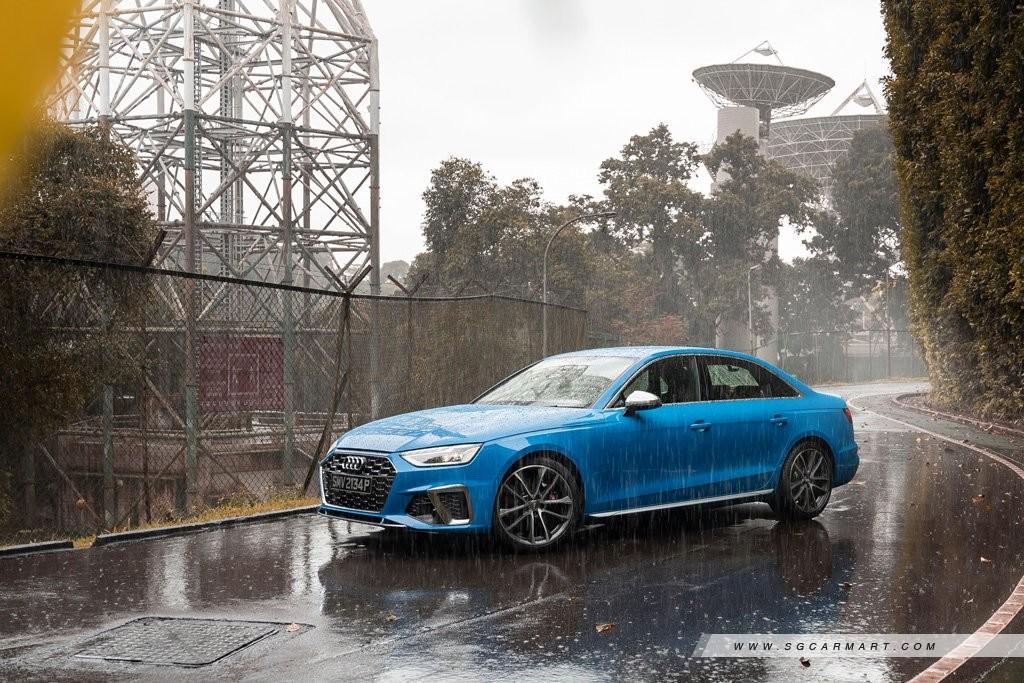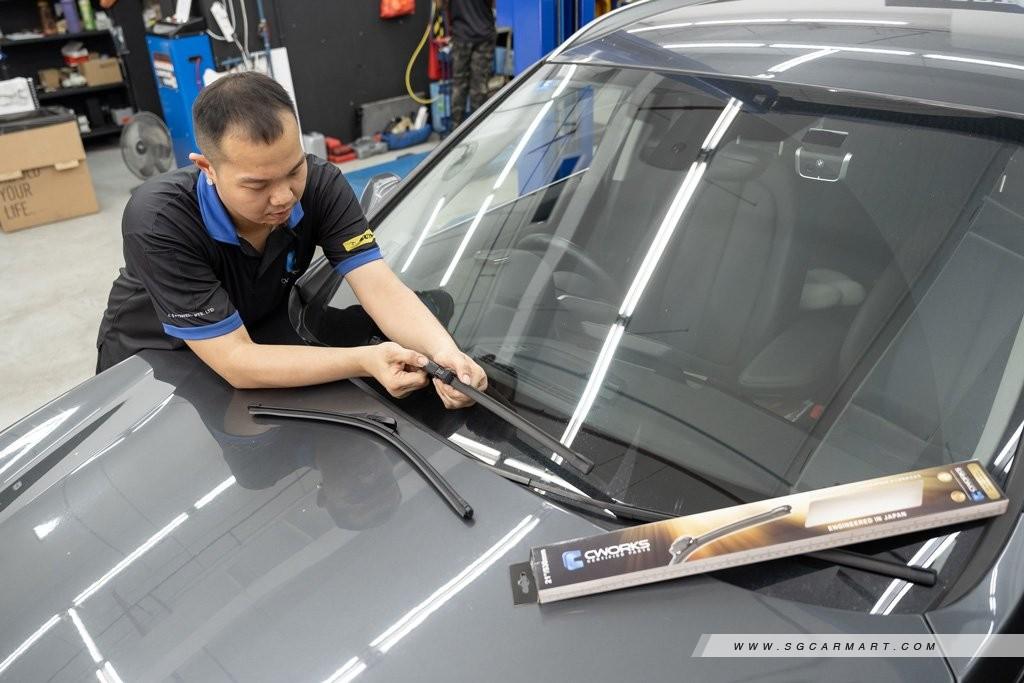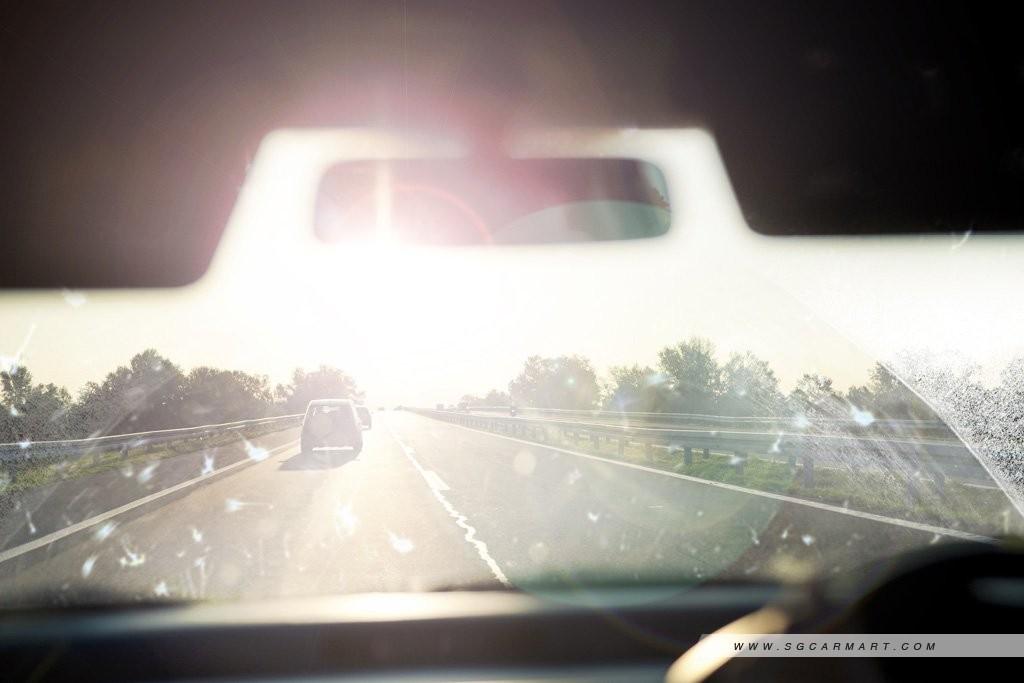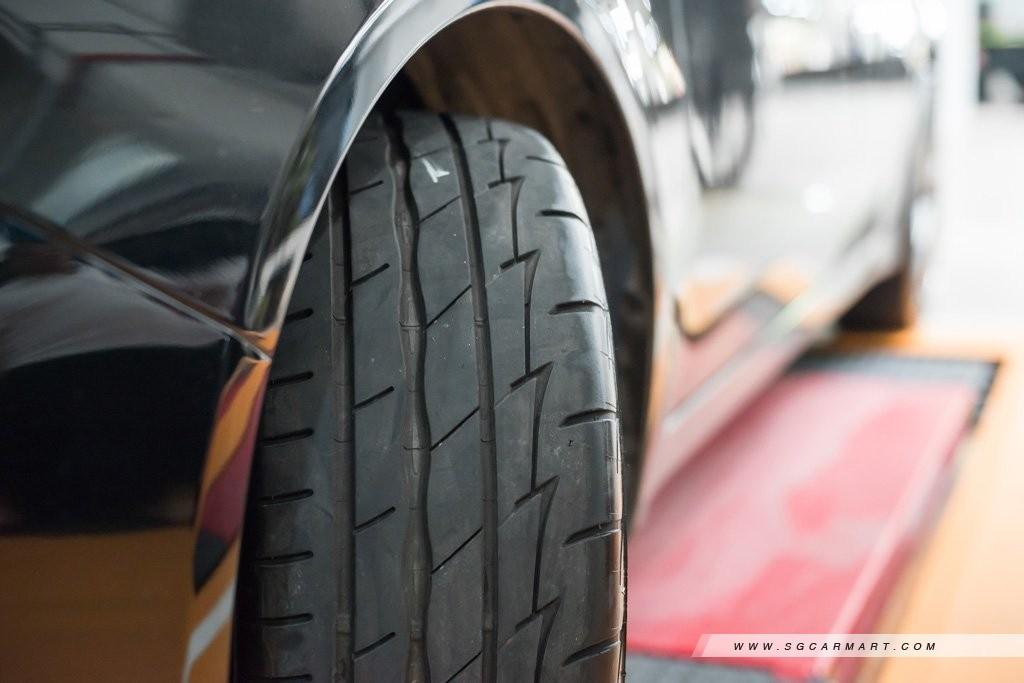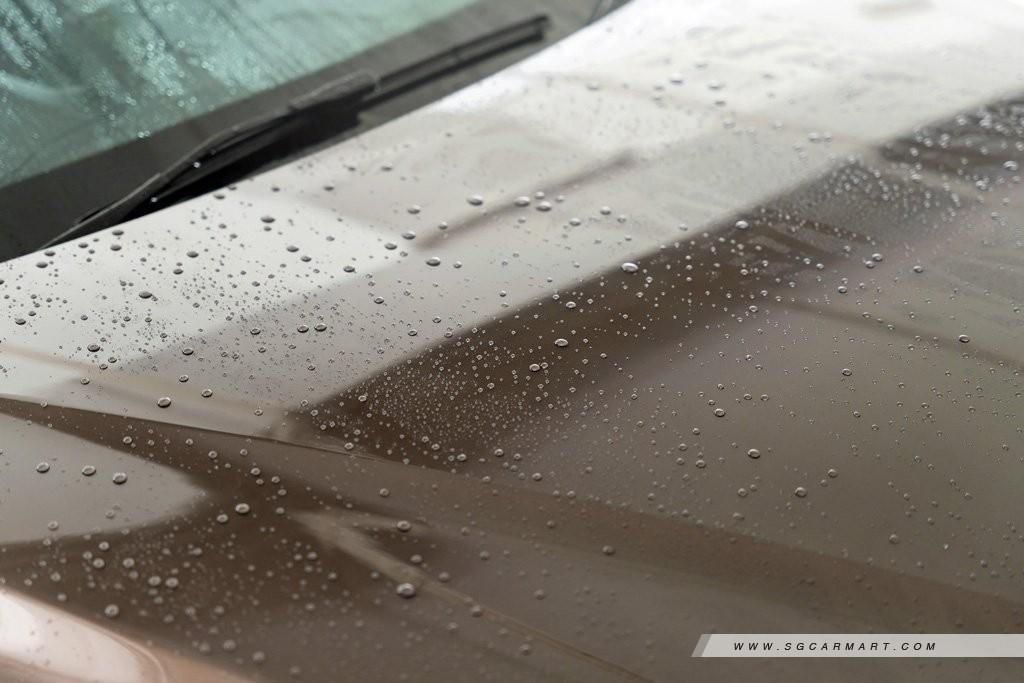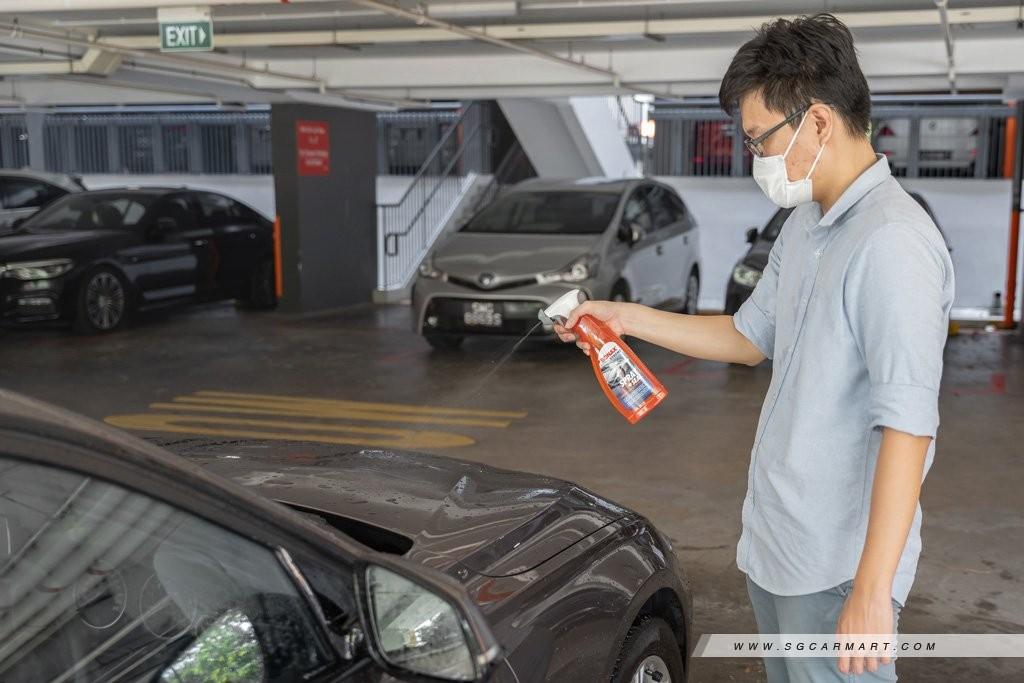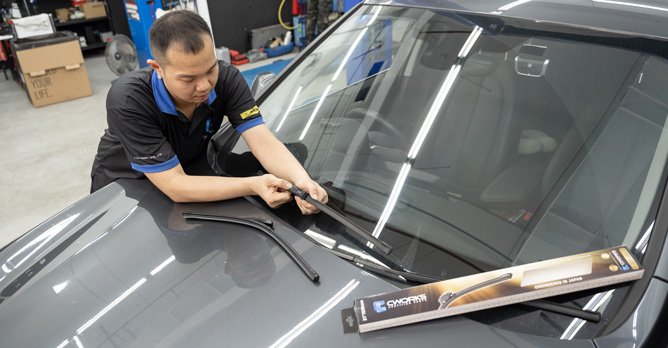How to prepare your car for wet weather
14 Jun 2022|10,611 views
Though our current weather is mostly hot and humid, wet weather is never far behind. When the heavens open, road and traffic conditions become more dangerous.
You can (and should) of course, mitigate these conditions by slowing down and keeping a further distance from the vehicle in front of yours. But that's not all you can do. As a driver, you can prepare your car so that it becomes safer in inclement weather.
A good wipe
The last thing you want in a thunderstorm is a windscreen with endless streaks from worn wiper blades.
Wiper blades are the components you're likely to change most as they experience the most wear. When they’re not clearing your windshield, they're resting on very hot glass. This repeated heating and cooling wears the rubber out quickly.
If you haven't changed your wiper blades in a year, go get yourself a new pair (or trio if you have a hatchback, estate or SUV). Replacement blades do not cost much, especially when they're on sale. You can also consider silicone blades as these usually last longer than rubber ones.
Wiper helper
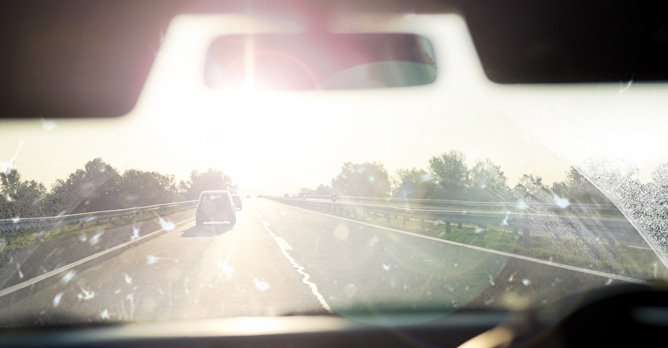
Washer fluid is specifically formulated to remove grime and bird poop from your windscreen, and does a much better job of clearing it compared to water alone.
Don't use dishwashing liquid or liquid soap, as these are not formulated for automotive use. They can even strip the wax or sealant you spent time carefully applying if they come into contact with the car's body.
If you're a first-time user, follow the directions and you'll see that you only need to pour a small amount before topping up the reservoir with clean water.
Rubber matters
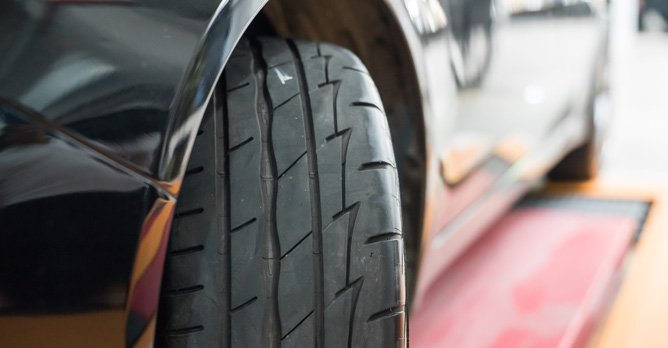
Ensure that your tyres are still in good condition. The tread depth should be more than 1.6mm and the shoulders shouldn't be overly worn.
Tyres displace water (so you don't aquaplane) and provide grip for acceleration and braking. Worn tyres will perform poorly on these counts, causing even longer stopping distances in wet conditions.
Repel water
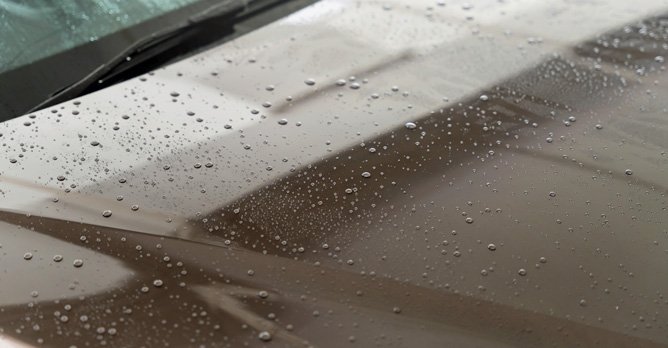
Now, you could also buy Rain-X, which works well but requires some elbow grease to apply.
A much easier solution is a hydrophobic spray, such as Aqua Coat from Auto Finesse. After washing and rinsing your car, spray it onto your wet vehicle before giving it a final rinse. Then dry it as usual.
The rain drops that stick to your car will be smaller and when you’re at speed, the droplets on the rear windscreen will fly off, giving you clear rearward visibility. The product won't cause wipers to squeal or judder either.
Aqua Coat can also be sprayed onto the body and wheels to help prevent the build-up of grime and brake dust.
Protect paint
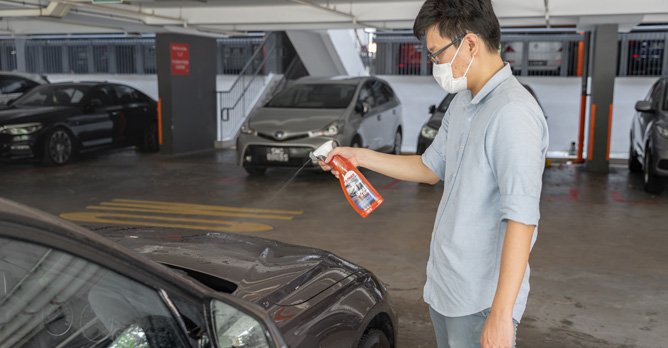
That said, detailing in rainy weather is a gamble. As we all know, it will probably rain the moment you finish grooming your pride and joy.
To save time, consider using a spray wax instead of your usual liquid or paste wax. After washing and drying your car, two spritzes per panel (more for the bonnet, roof and boot lid) followed by a quick wipe are enough to keep your car protected for at least another two weeks.
Here are some related articles that might interest you
More tips for driving in the rain
Windows fogging up - how to prevent this from happening
Driving in the wet is no rocket science - here's how you can stay safe
Car crashes are always happening on rainy days! But why?
Here's how to drive through flooded roads
Crucial points you need to know to drive safely through the rain
Water spots - how to prevent them from occuring
Though our current weather is mostly hot and humid, wet weather is never far behind. When the heavens open, road and traffic conditions become more dangerous.
You can (and should) of course, mitigate these conditions by slowing down and keeping a further distance from the vehicle in front of yours. But that's not all you can do. As a driver, you can prepare your car so that it becomes safer in inclement weather.
A good wipe
The last thing you want in a thunderstorm is a windscreen with endless streaks from worn wiper blades.
Wiper blades are the components you're likely to change most as they experience the most wear. When they’re not clearing your windshield, they're resting on very hot glass. This repeated heating and cooling wears the rubber out quickly.
If you haven't changed your wiper blades in a year, go get yourself a new pair (or trio if you have a hatchback, estate or SUV). Replacement blades do not cost much, especially when they're on sale. You can also consider silicone blades as these usually last longer than rubber ones.
Wiper helper

Washer fluid is specifically formulated to remove grime and bird poop from your windscreen, and does a much better job of clearing it compared to water alone.
Don't use dishwashing liquid or liquid soap, as these are not formulated for automotive use. They can even strip the wax or sealant you spent time carefully applying if they come into contact with the car's body.
If you're a first-time user, follow the directions and you'll see that you only need to pour a small amount before topping up the reservoir with clean water.
Rubber matters

Ensure that your tyres are still in good condition. The tread depth should be more than 1.6mm and the shoulders shouldn't be overly worn.
Tyres displace water (so you don't aquaplane) and provide grip for acceleration and braking. Worn tyres will perform poorly on these counts, causing even longer stopping distances in wet conditions.
Repel water

Now, you could also buy Rain-X, which works well but requires some elbow grease to apply.
A much easier solution is a hydrophobic spray, such as Aqua Coat from Auto Finesse. After washing and rinsing your car, spray it onto your wet vehicle before giving it a final rinse. Then dry it as usual.
The rain drops that stick to your car will be smaller and when you’re at speed, the droplets on the rear windscreen will fly off, giving you clear rearward visibility. The product won't cause wipers to squeal or judder either.
Aqua Coat can also be sprayed onto the body and wheels to help prevent the build-up of grime and brake dust.
Protect paint

That said, detailing in rainy weather is a gamble. As we all know, it will probably rain the moment you finish grooming your pride and joy.
To save time, consider using a spray wax instead of your usual liquid or paste wax. After washing and drying your car, two spritzes per panel (more for the bonnet, roof and boot lid) followed by a quick wipe are enough to keep your car protected for at least another two weeks.
Here are some related articles that might interest you
More tips for driving in the rain
Windows fogging up - how to prevent this from happening
Driving in the wet is no rocket science - here's how you can stay safe
Car crashes are always happening on rainy days! But why?
Here's how to drive through flooded roads
Crucial points you need to know to drive safely through the rain
Water spots - how to prevent them from occuring
